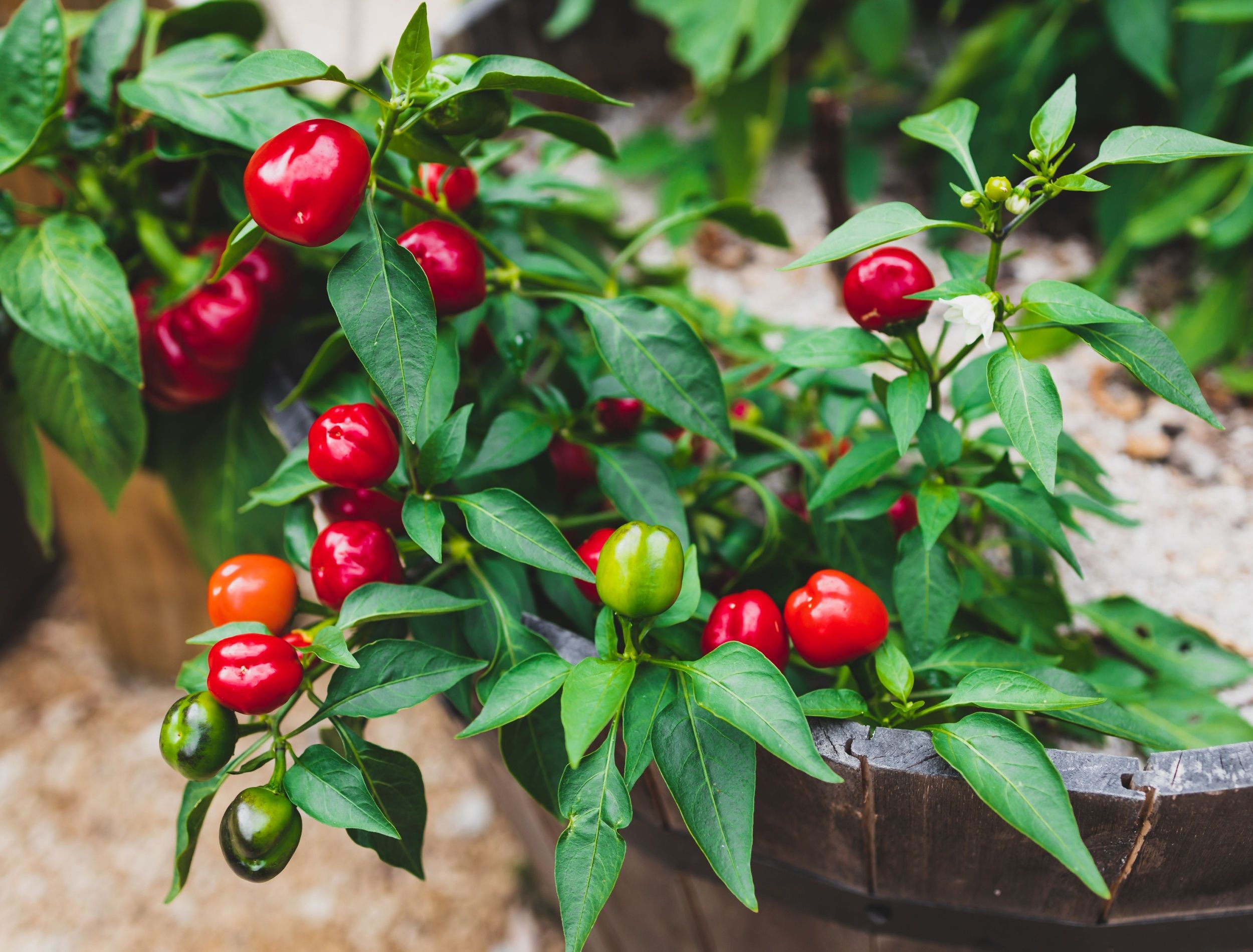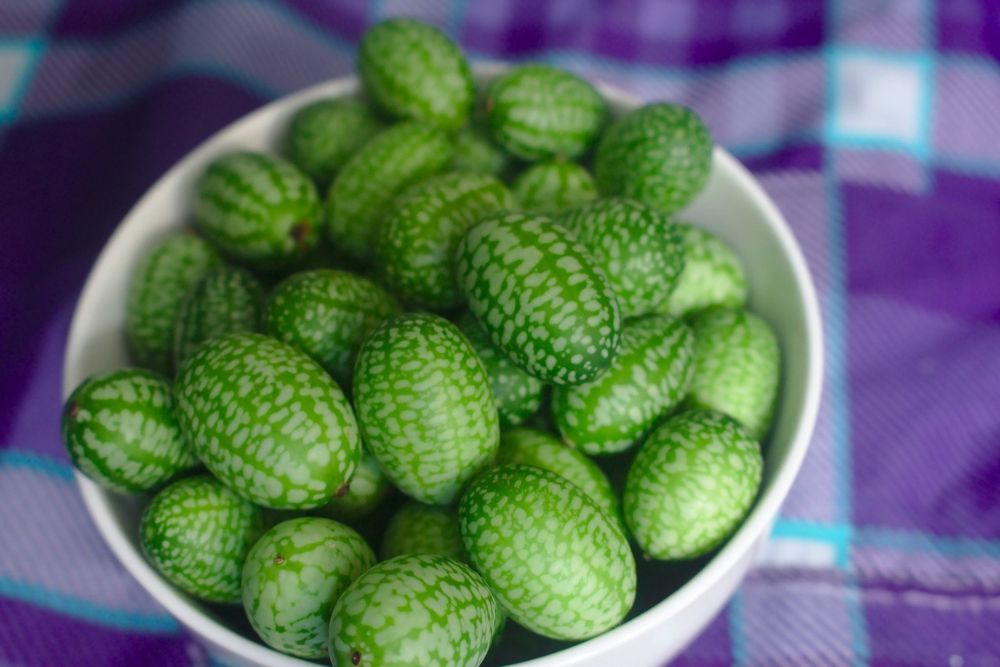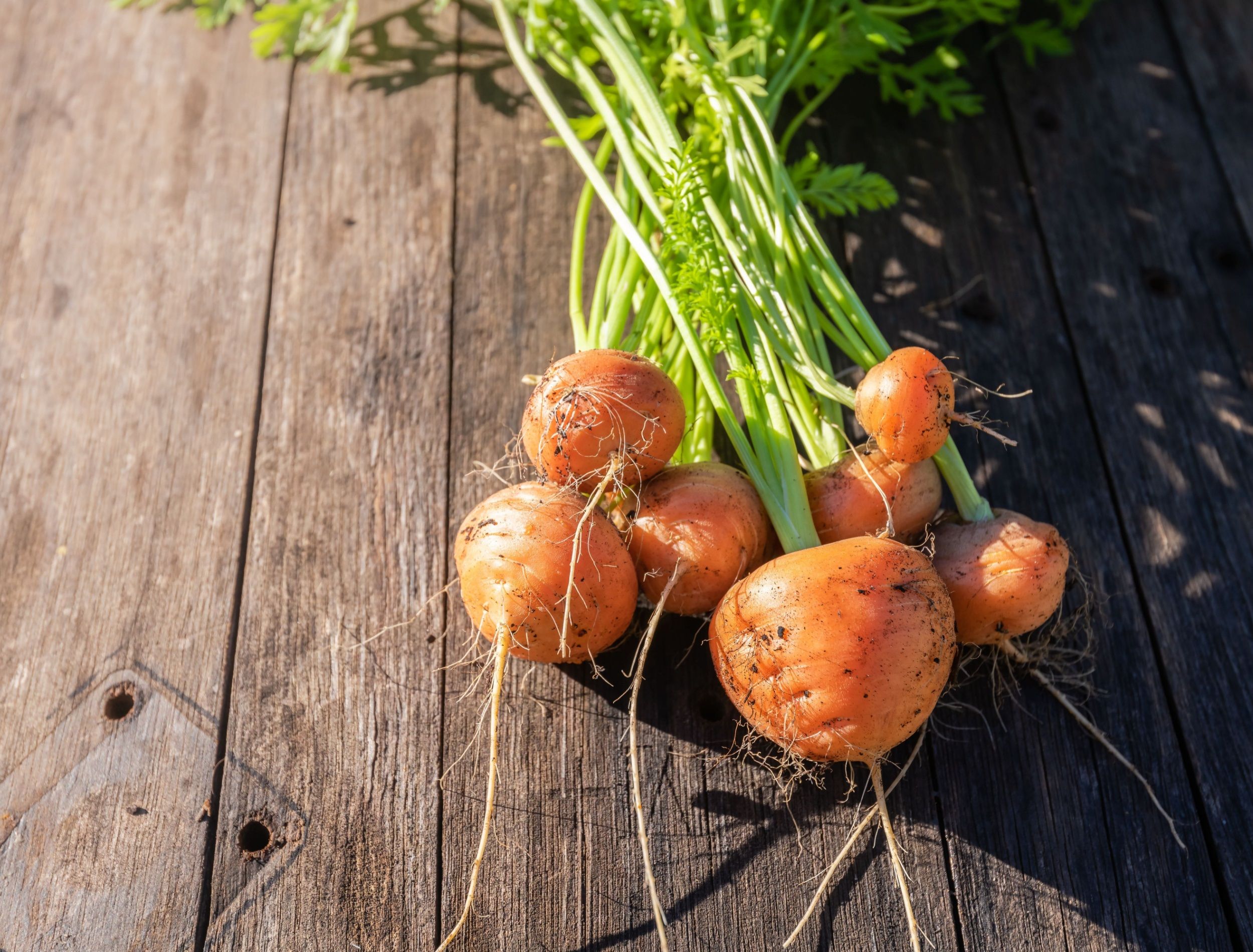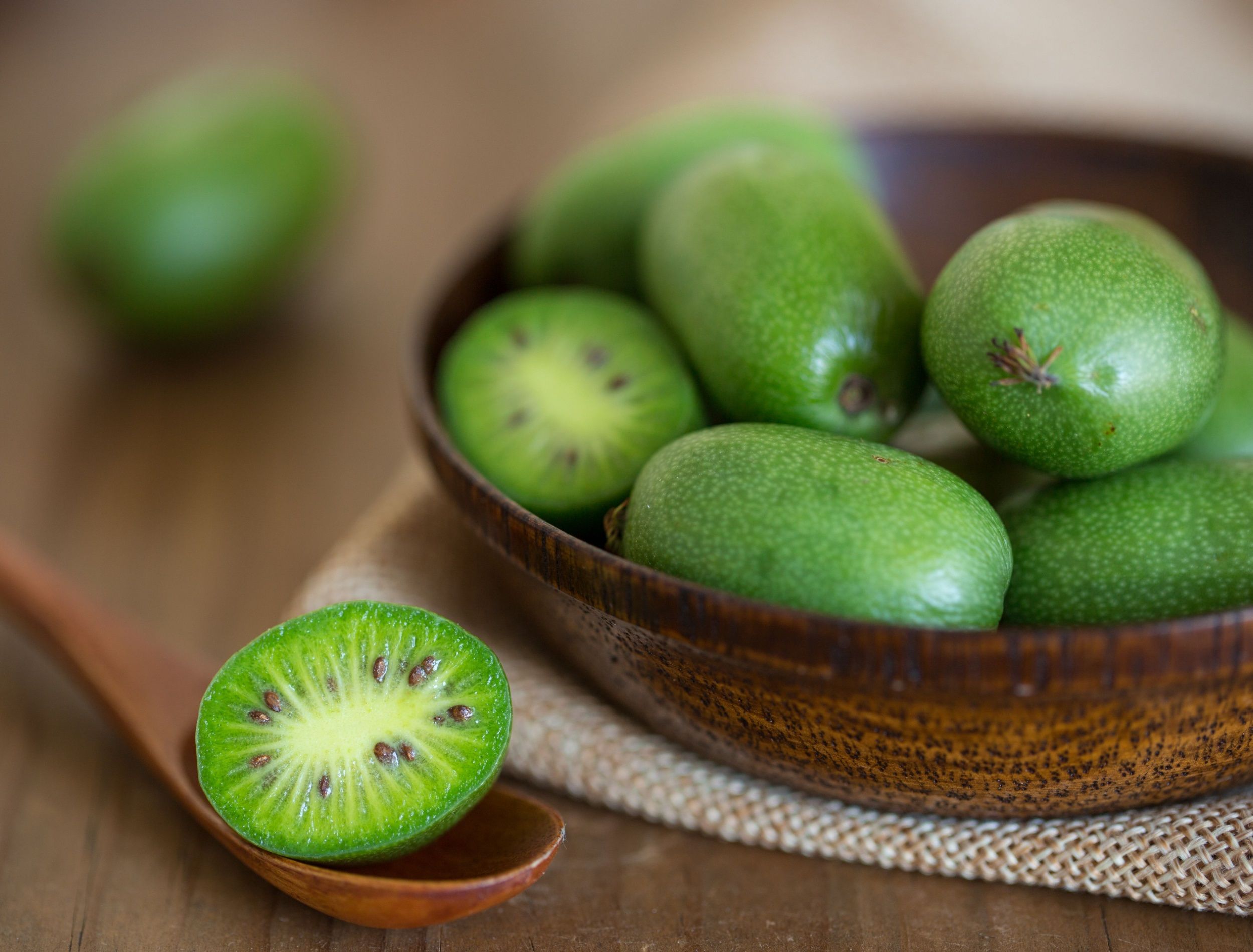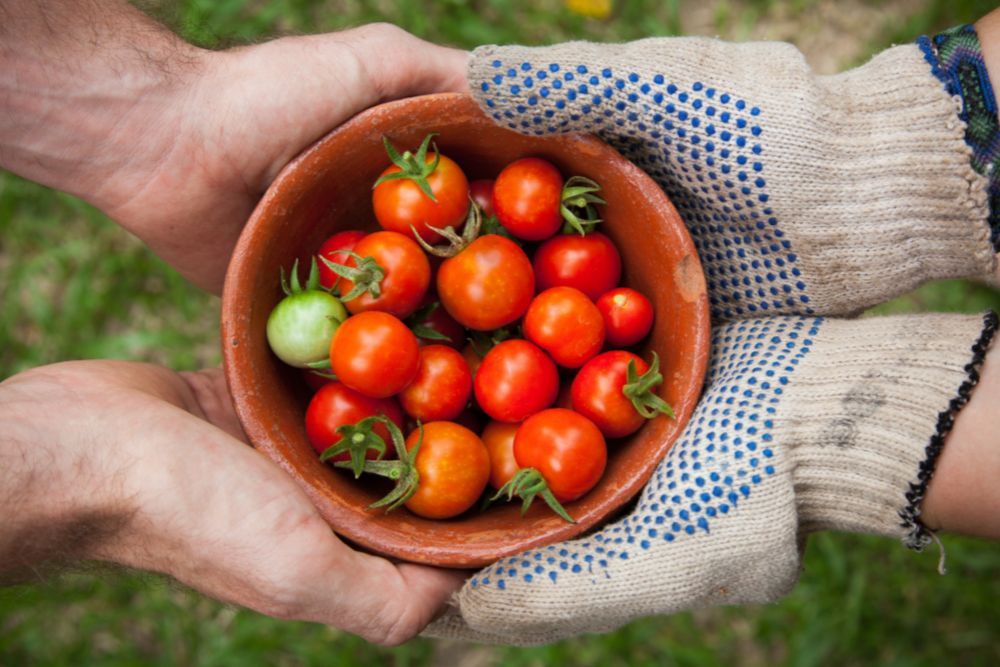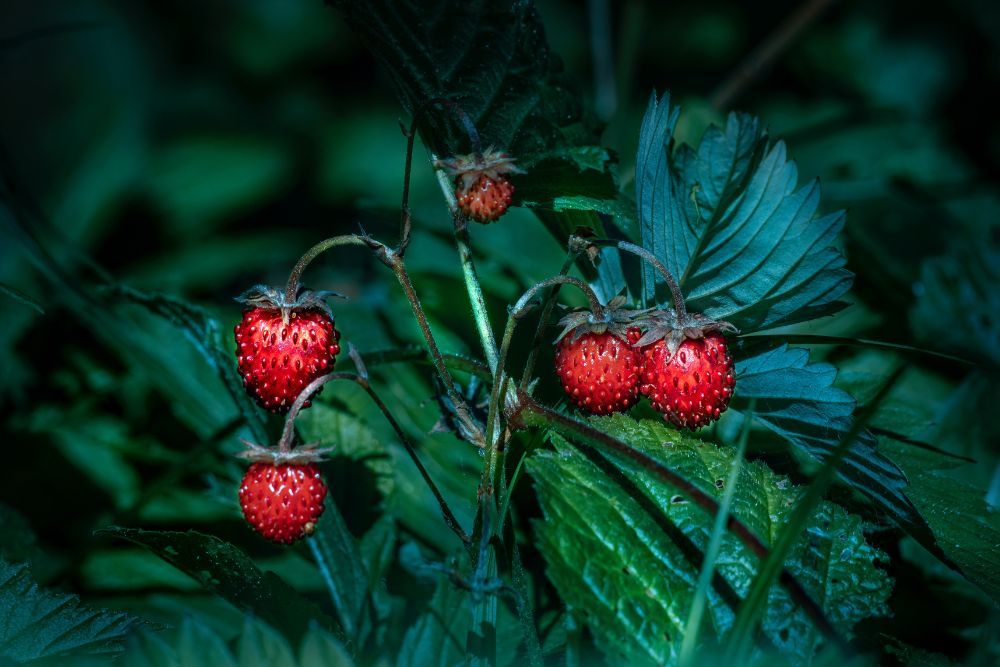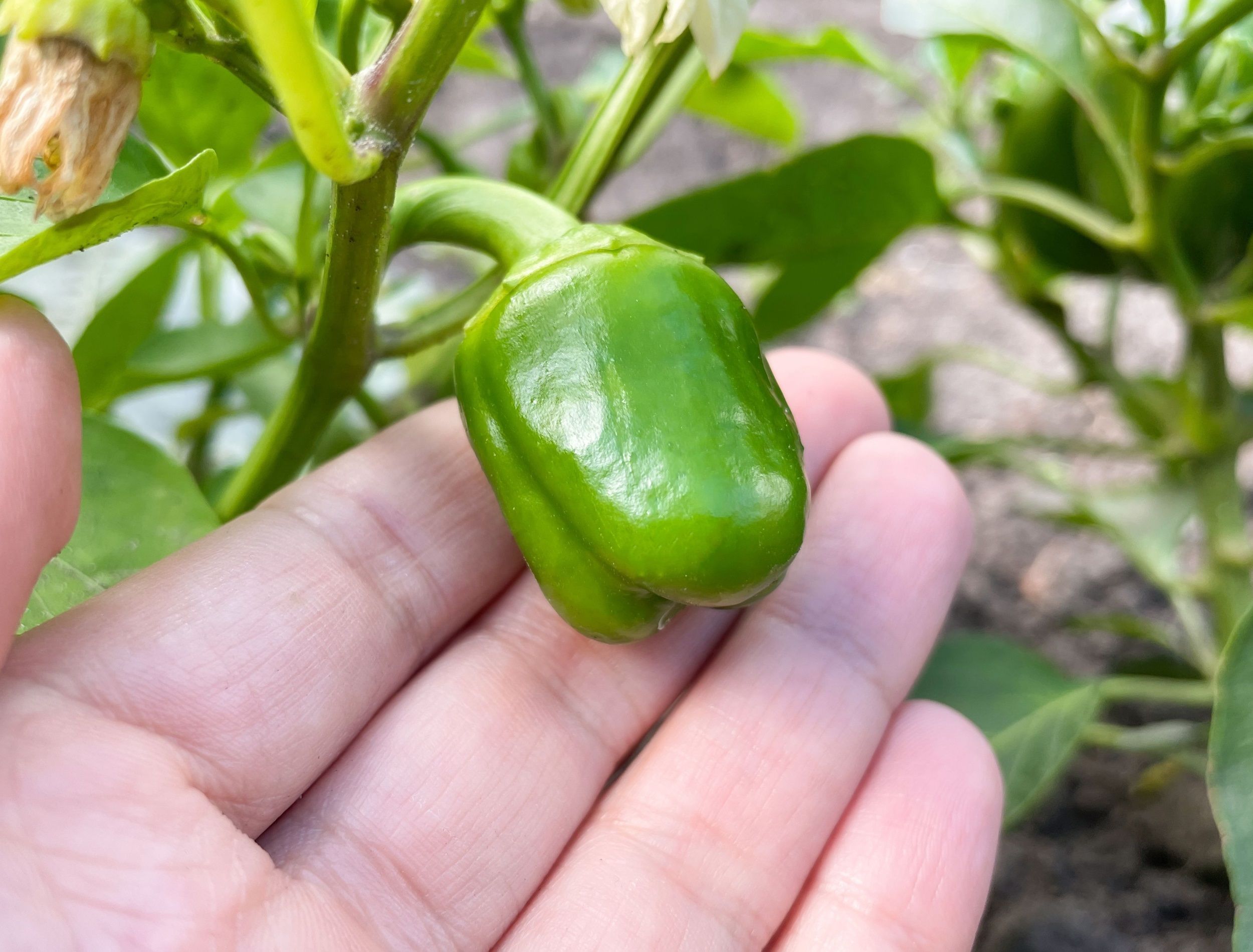Everything is cuter when its mini, it’s just a fact! And the same truth applies to what you grow in your garden. If you are bored with the basic strawberries, or are tired of serving the same vegetables, change it up! There are a variety of plants to grow that offer the same great taste but in a different size.
Growing mini is advantageous for smaller families who want the benefits of homegrown foods. Miniature fruits and vegetables offer a smaller amount of food production, making sure that less goes to waste. Not to mention, kids love seeing these ‘baby’ foods on their plate.
Wondering what teeny things to grow this year? Discover some of these best miniature fruits and vegetables to grow in your garden!
Cucamelons
Image credits: Corey Ryan Hanson via Pixabay
For those looking for fruit that is truly teeny tiny, then the cucamelon is a great choice. Cucuamelons, or Melothria scabra, resemble a watermelon’s green stripes but are no bigger than your thumb.
Unlike the name suggests, this fruit does not taste like either a watermelon or a cucumber. It instead has a slightly acidic flavor with a crunchy consistency. Eat them straight off the vine or harvest and store them in the fridge to eat later.
To grow this miniature fruit, plant your seeds in the spring in a spot that has access to full sun. Provide stakes or trellises to support climbing vines as the plant flourishes.
Don’t have the garden space? Cucamelons thrive in containers as well!
Thumbelina Carrots
Image credits: myphotobank.com.au via Shutterstock
If seeing a mini carrot wasn’t enough to get your kids on board with eating vegetables, tell them the name! Thumbelina carrots bring a sense of magic and a dose of nourishment to dinner. Not to mention, they are a fun vegetable to grow at home with the whole family.
Despite their small size, they are crunchy and sweet so long as they get enough sunlight (six to eight hours). To plant Thumbelina carrots, sow the seeds in spring at the same time as other carrot varieties.
When sowing your carrots, allow two inches between each seed. Plant as many as space allows, however, note that wider spaces between seeds offers the chance for bigger carrots. When the carrots are mature, they grow to about one inch in size, not much bigger than a golf ball. A great vegetable option that succeeds in containers too!
Kiwiberries
Image credits: Innesslamvia Shutterstock
Imagine tiny kiwi fruits that fit between your fingers, are sweeter than kiwi, and are easy to pop in your mouth. Now stop imagining, because kiwiberries exist!
Kiwiberries, or hardy kiwi, is a miniature fruit that features a thin layer of skin that requires peeling before consumption. There are a few varieties of kiwiberries, some more cold tolerant than others, like A. kolomikta, A. polygama, and A. arguta.
Those living in hardiness zones between 4 to 8 have the best chance of success of growing this miniature fruit. The cold hardy varieties are able to withstand up to -30 degrees Fahrenheit.
When planting kiwiberries, make sure you have enough space for two plants, as they need to have 20 to 30 feet of space from one another. Multiple plants are necessary to ensure cross-pollination to improve the health of your kiwiberries!
Tiny Tim Tomato
Image credits: Elaine Casap via Unsplash
The 'Tiny Tim' tomato, or micro dwarf tomato, is a miniature tomato perfect for small spaces. Growing only a foot high, this plant produces an abundance of tiny cherry tomatoes.
To grow this plant, sow your seeds indoors and let them grow for about six to eight weeks before the last frost date in your area. Once the seedlings are matured, move them into a container or into your garden beds. Find them a spot that has plenty of sun to help them thrive.
It is important to note that 'Tiny Tim' tomatoes are not cold hardy. Confirm the chances of frost have passed before planting, as these tomatoes struggle in temperatures less than 50 degrees Fahrenheit. Give your plant enough TLC and tomato production begins as early as spring (depending upon planting time) and continues into summer!
Wild Strawberries
Image credits: Erik Karits via Unsplash
One of the beloved fruits to grow and snack on in the warm months of summer is strawberries. But have you ever eaten mini strawberries? If not, then try your hand at growing wild strawberries this year!
The berries that grow on a wild strawberry plant (around 1 foot tall) are much smaller, but they also have a fuller flavor. They are an organic variety unlike the usual hybrids seen and sold in stores. It is for this reason that finding wild strawberry plants/seeds in garden centers may prove difficult. Instead, search online to successfully attain your own wild strawberries!
Wild strawberries do not grow high, but rather spread outwards, making them a wonderful ground cover plant. To thrive, they do best in full sun or partial sun areas with soil that is moist but well-draining. Add compost to the soil for extra nutrients and watch your mini strawberries grow!
Mini Red Bell Pepper
Image credits: darksoul72 via Shutterstock
Looking for another vegetable to grow in small spaces? Wondering which mini vegetable thrives in containers? The mini red bell pepper looks exactly like the large ones seen in grocery stores, however smaller!
Growing no bigger than two inches, these peppers are sweet and full of flavor. Mini red bell peppers are successfully grown from seed and are ready for planting as early as spring. Plant your seeds indoors eight weeks before the final frost, and transplant when the soil is warm.
Offer well-draining soil and a full sun location (six to eight hours). Then, all that is left is to start planning out your favorite red pepper recipes!
Time to Grow the Teeny Tiny!
Why stick with the regular sized fruits and vegetables when there are miniature versions to grow in your own yard? Change your harvest this season by adding mini produce to your garden!
If you are low on garden space, choose miniature plants like cucamelons or ‘Tiny Tim Tomatoes’ to grow in containers. Have some space to spread out? Plant wild strawberries or kiwiberry fruits that require more space. Whatever your garden size, with these mini options, get ready to serve a plate full of cuteness!
What miniature fruit or vegetable are you excited to plant this season? Share your plans in the comments below and don’t forget to drop your favorite mini recipes.

